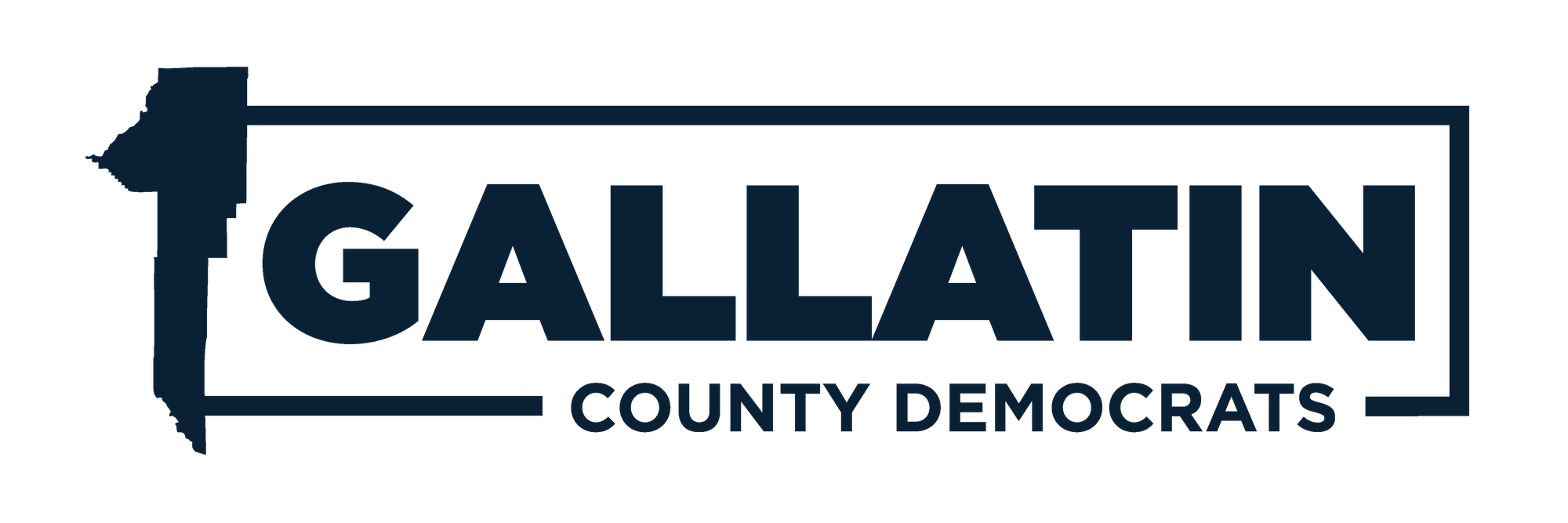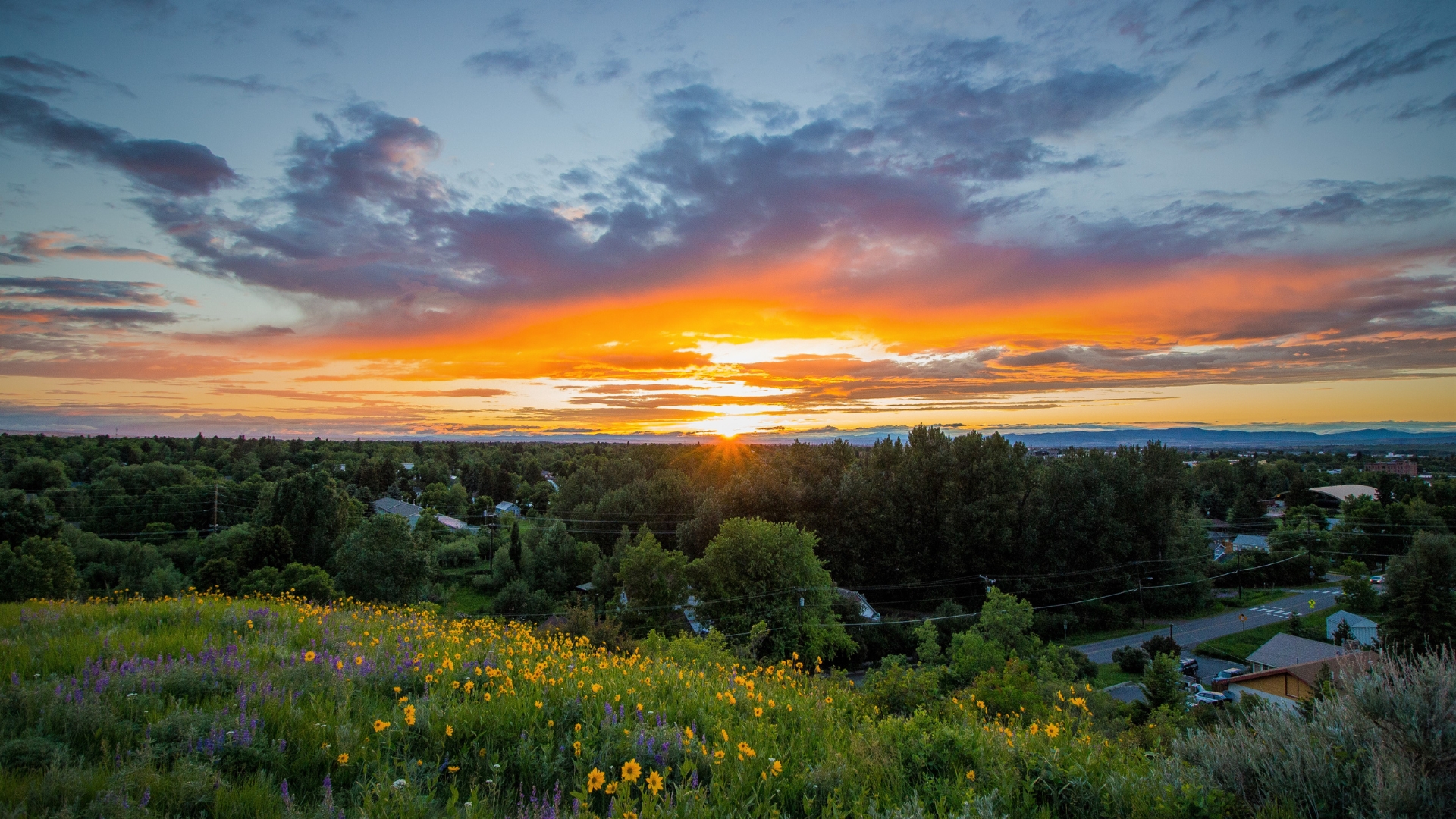By CLINT NAGEL
Guest columnist
In June of this year the Gallatin Wildlife Association (GWA) sent a guest column to this paper asking the question, what will the interface between Bozeman and the wildlands adjacent to it look like in the future? We were asking that question primarily on behalf of wildlife. Much has happened since then, none of it particularly encouraging. The threats remain; in fact, they’ve only grown.
The largest immediate change has been due to the outcome of the Bridger-Foothills Fire. Fire is an element that will forever be with us, and thanks to climate change, it will only be more pronounced. But there are new concerns, multiple ones, facing our community.
Recently we learned of another timber project proposed by the Department of Natural Resources and Conservation along Bear Canyon. Another is the opportunity of the Gallatin Valley Land Trust to purchase land for a trailhead and parking lot near the same location.
And finally, we have Bozeman’s Community Development Plan, a future land use plan that expands the city limits toward that interface between urban and wild.
We think it is safe to say the trends of increased intrusion into this interface will be the prevailing norm. And we have to ask ourselves, who is speaking on behalf of wildlife? Bozeman is blessed to be located in a critical, historical and scientific wildlife corridor, a corridor which allows connectivity between natural ecosystems of the Greater Yellowstone and the Northern Continental Divide.
We asked several questions back in June concerning how many impacts can our forests accept before it fragments our wildlife and their habitat. People will see these latest threats as being small, having a negligible effect upon wildlife and the landscape, claiming they’re not really threats at all. To those people we say, so is a death by a thousand cuts. Each one may appear benign by itself, but in accumulation with one another, will result in a death sentence just the same. Unfortunately, much harm has already been done. GWA wants to be very clear. We are deeply troubled by these managed and unmanaged cuts into the wild.
A scientific study by Haddad, Nick M., et al., “Habitat fragmentation and its lasting impact on Earth’s ecosystems” concludes the following in the March 2015 edition of Science Advances: “The capacity of the surviving forests and other natural habitats to sustain biodiversity and ecosystem services will hinge upon the total amount and quality of habitat left in fragments, their degree of
connectivity, and how they are affected by other human induced perturbations such as climate change and invasive species.”
Before we destroy the natural affluences of why we enjoy living here, shouldn’t we have a community debate over how our actions will forever change these natural forests, their inhabitants and the landscape?
Our complacent behavior over wildlife sustainability makes us complicit in their dissolution.
Further on in the report, there is this statistic: “Much of the Earth’s remaining forest fragments are less than 10 ha in area, and half of the world’s forest is within 500 m of the forest edge—areas
and distances matched to existing long-term experiments from which consistent effects of fragmentation have emerged.”
This should sound alarm bells. If we want to enjoy the reasons why we live here into the future, we need to be better stewards now. What are we doing to ensure that? GWA urges we work together as a community to protect the surrounding wildlife habitat.
We must make sure we as a people pull all parties of interest together, state and federal, city
and county, NGOs, landowners
and citizens. GWA urges all to look into the facts of these proposed and future actions. Provide a voice for what wildlife need, not what we want.
GWA has provided comments to those proposed actions above. Montana Fish Wildlife and Parks has designated some of these landscapes with the highest crucial habitat rank for “species of concern” via their Crucial Areas Planning System. We’re concerned which is why we suggest open space be set aside for wildlife in these urban/wild interfaces. We need to become better stewards in preventing wildlife habitat loss, fragmentation, harassment and molestation. This is GWA’s calling. We ask you make it yours.
Clint Nagel is president of the
Gallatin Wildlife Association.
Bozeman Daily Chronicle 11/19/20

